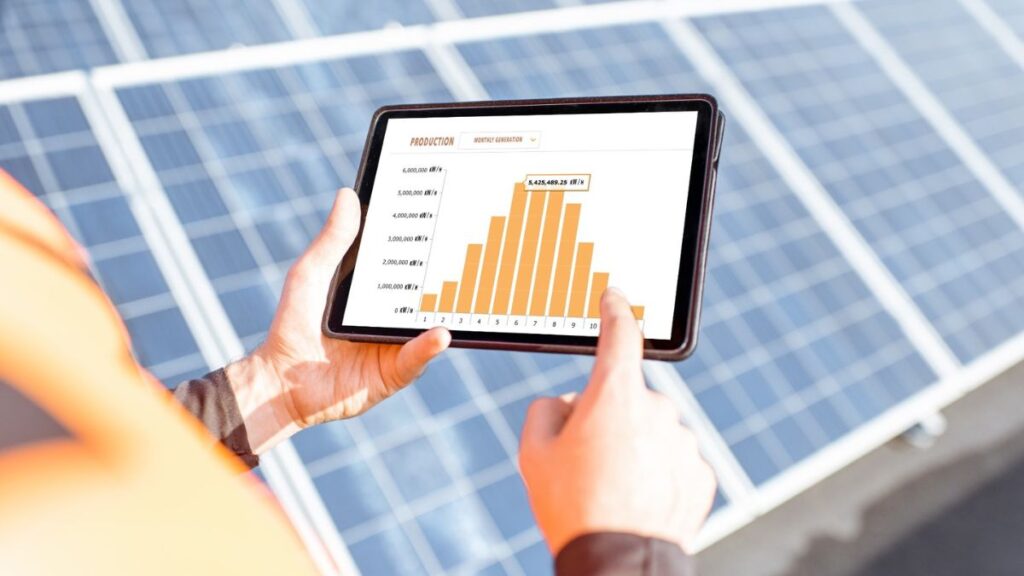Have you ever wondered what lies beyond our planet? How humanity will conquer the vastness of space? Or what role cutting-edge technology will play in shaping the future of space exploration? If these questions ignite your curiosity, you’re not alone. The concept of Spacemov a term that encapsulates the movement and innovation driving space exploration is revolutionizing how we think about the cosmos. In this article, we’ll dive deep into the advancements, challenges, and future possibilities of space exploration, all while keeping the keyword Spacemov at the forefront.
What is Spacemov and Why Does It Matter?
Spacemov is more than just a buzzword; it represents the collective efforts of scientists, engineers, and visionaries working tirelessly to push the boundaries of space exploration. From launching satellites to planning missions to Mars, Spacemov embodies the spirit of discovery and innovation that defines our era.
The importance of Spacemov lies in its potential to address some of humanity’s most pressing challenges. By exploring space, we can unlock new resources, develop advanced technologies, and even find solutions to climate change. Moreover, space exploration inspires future generations to dream big and pursue careers in science, technology, engineering, and mathematics (STEM).
The Evolution of Space Exploration
Space exploration has come a long way since the launch of Sputnik in 1957. Over the decades, we’ve witnessed monumental achievements, such as the Apollo moon landings, the construction of the International Space Station (ISS), and the deployment of the Hubble Space Telescope. These milestones have paved the way for the modern Spacemov era, characterized by rapid technological advancements and ambitious goals.
One of the most significant developments in recent years is the rise of private space companies like SpaceX, Blue Origin, and Virgin Galactic. These companies are driving innovation by reducing the cost of space travel and making it more accessible. For instance, SpaceX’s reusable rockets have revolutionized the industry, making it possible to launch missions more frequently and affordably.
Key Technologies Driving Spacemov
The success of Spacemov hinges on the development of cutting-edge technologies. Here are some of the most impactful innovations shaping the future of space exploration:
- Reusable Rockets: As mentioned earlier, reusable rockets are a game-changer. By significantly reducing launch costs, they enable more frequent missions and open up new opportunities for research and commercialization.
- Artificial Intelligence (AI): AI is playing a crucial role in space exploration, from autonomous spacecraft navigation to data analysis. For example, AI algorithms help scientists process vast amounts of data collected by telescopes and satellites, leading to groundbreaking discoveries.
- 3D Printing: This technology is being used to manufacture tools and components in space, reducing the need for resupply missions. NASA has already tested 3D printers on the ISS, and the results are promising.
- Advanced Propulsion Systems: Traditional chemical rockets are limited in terms of speed and efficiency. New propulsion technologies, such as ion drives and nuclear propulsion, could enable faster and more efficient space travel, making distant planets more accessible.
Challenges in the Spacemov Era
While the future of space exploration is bright, it’s not without its challenges. Here are some of the key obstacles that need to be addressed:
- Funding: Space missions are incredibly expensive, and securing adequate funding is a constant challenge. Governments and private companies must work together to ensure that ambitious projects receive the financial support they need.
- Space Debris: The growing amount of space debris poses a significant threat to satellites and spacecraft. Addressing this issue requires international cooperation and innovative solutions, such as debris-clearing technologies.
- Human Health: Long-duration space missions, such as a trip to Mars, present unique health challenges for astronauts. These include exposure to radiation, muscle atrophy, and psychological stress. Researchers are working on ways to mitigate these risks, but more work is needed.
- Ethical Concerns: As space exploration advances, ethical questions arise. For example, who owns the resources extracted from asteroids or other celestial bodies? How do we ensure that space exploration benefits all of humanity, not just a select few?
The Future of Spacemov: What Lies Ahead?
The future of Spacemov is filled with exciting possibilities. Here are some of the most anticipated developments:
- Mars Colonization: NASA, SpaceX, and other organizations are actively working on plans to send humans to Mars. The goal is not just to visit the Red Planet but to establish a permanent settlement. This would be a monumental achievement and a major milestone in the Spacemov era.
- Lunar Exploration: The Moon is once again a focal point of space exploration. NASA’s Artemis program aims to return humans to the Moon by the mid-2020s, with the goal of establishing a sustainable presence. This will serve as a stepping stone for future missions to Mars and beyond.
- Space Tourism: Companies like SpaceX and Virgin Galactic are making space tourism a reality. In the coming years, ordinary people may have the opportunity to experience the thrill of space travel, further fueling interest in Spacemov.
- Interstellar Exploration: While still in the realm of science fiction, interstellar exploration is becoming a topic of serious discussion. Breakthrough initiatives like Breakthrough Starshot are exploring the feasibility of sending tiny spacecraft to nearby star systems, potentially revolutionizing our understanding of the universe.
How Spacemov Impacts Life on Earth
The benefits of Spacemov extend far beyond the cosmos. Many of the technologies developed for space exploration have practical applications on Earth. For example:
- Satellite Technology: Satellites play a crucial role in communication, weather forecasting, and disaster management. They also enable global connectivity, bringing people closer together.
- Medical Advancements: Research conducted in space has led to innovations in healthcare, such as improved medical imaging and the development of new materials for prosthetics.
- Environmental Monitoring: Satellites are used to monitor climate change, track deforestation, and study ocean health. This data is essential for making informed decisions about environmental conservation.
Conclusion
The Spacemov era is upon us, and it’s an exciting time to be alive. Whether you’re a scientist, an engineer, or simply a curious observer, there’s no denying the transformative power of space exploration. As we continue to push the boundaries of what’s possible, we’re not just exploring the cosmos—we’re shaping the future of humanity.











